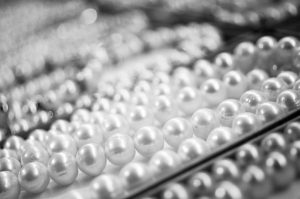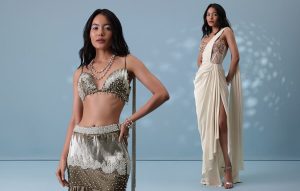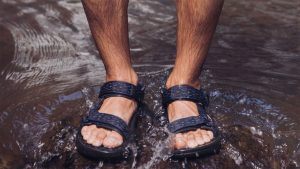Guide for Using a Sports Bra

There is no doubt that this type of bra has gained great popularity in recent years. In fact, many women have not been satisfied with using it only when exercising, but also as a day-to-day garment.
The sports bra is a variation of the normal bra, designed to make life easier for many women. It is much more comfortable and versatile, and provides much greater support. Previously many of them had the wrong idea that a good sports bra or rather, any sports bra that really served us was the one that exerted more pressure on the bust.
What a mistake! Let’s give thanks for the existence of the sports bra size chart in recent times, now things are done as they must be done.
Some essential recommendations
- The fact that the piece is made with an elastic material, is not synonymous with the fact that all bodies are adapted to a measure and much less that it will look just as good with any figure. Certainly this bra is much more versatile and comfortable, but it is also made under certain standards that, despite being more flexible than traditional bra measures, should be considered.
- Having the measure of your bra is not that difficult. Just make a revision in one of these tables of measures and look for the equivalent of your traditional measure with the sports bra.
- Do not go crazy looking for an exact measurement; Remember that these pieces have no cups, or at least not so stiff and pronounced. The values of the chart are mainly centered on the size tray. The cup is much more adjustable in these cases.
A simple way to perform the adjustment, if necessary, or to find the appropriate size between the tables of XS, S, M and L is to pay attention to the following: usually the standard measures of band size are associated with each of the sizes, that is, if it is 32 these usually correspond an XS, 34 is usually S, 36 is usually M and 38-40 an L. This does not always happen; there are much more specific conversions that allow locating the exact size of the traditional bra (with band and cup) within the proportions of these pieces.






